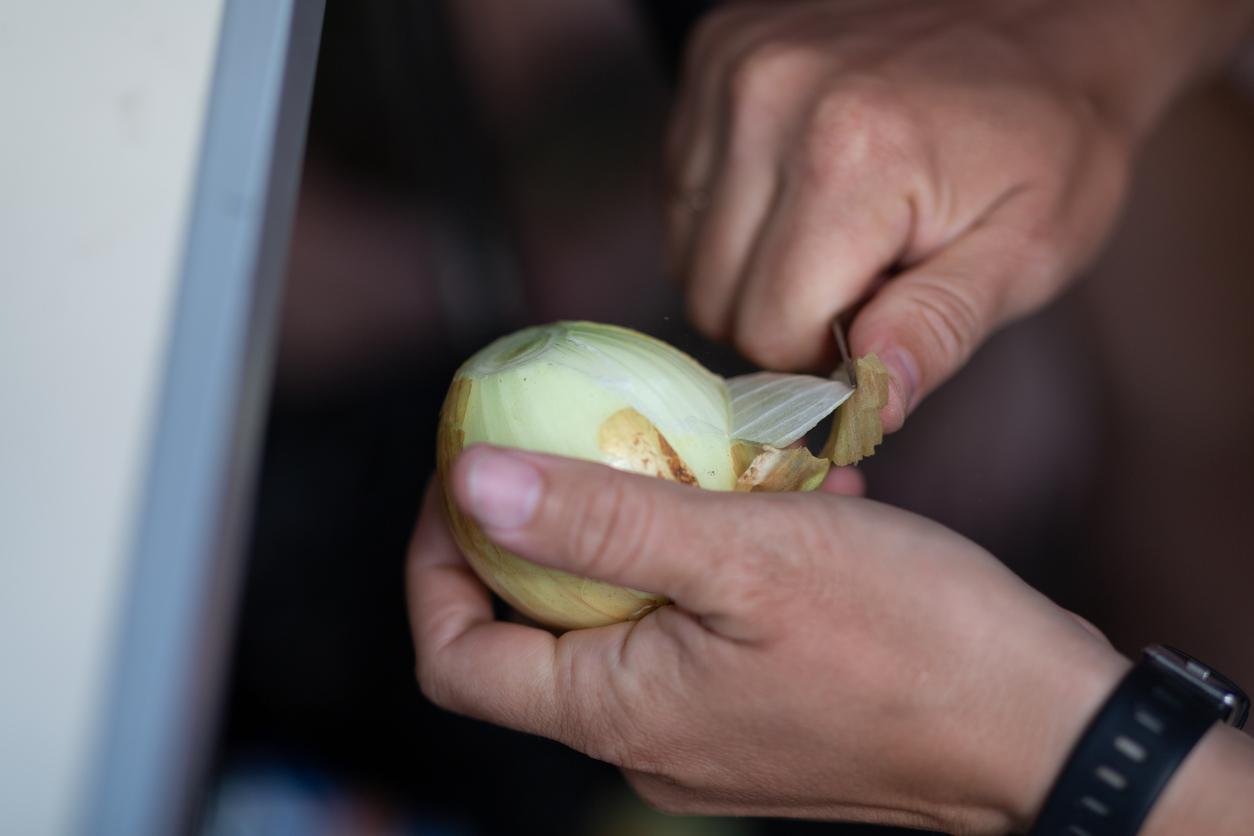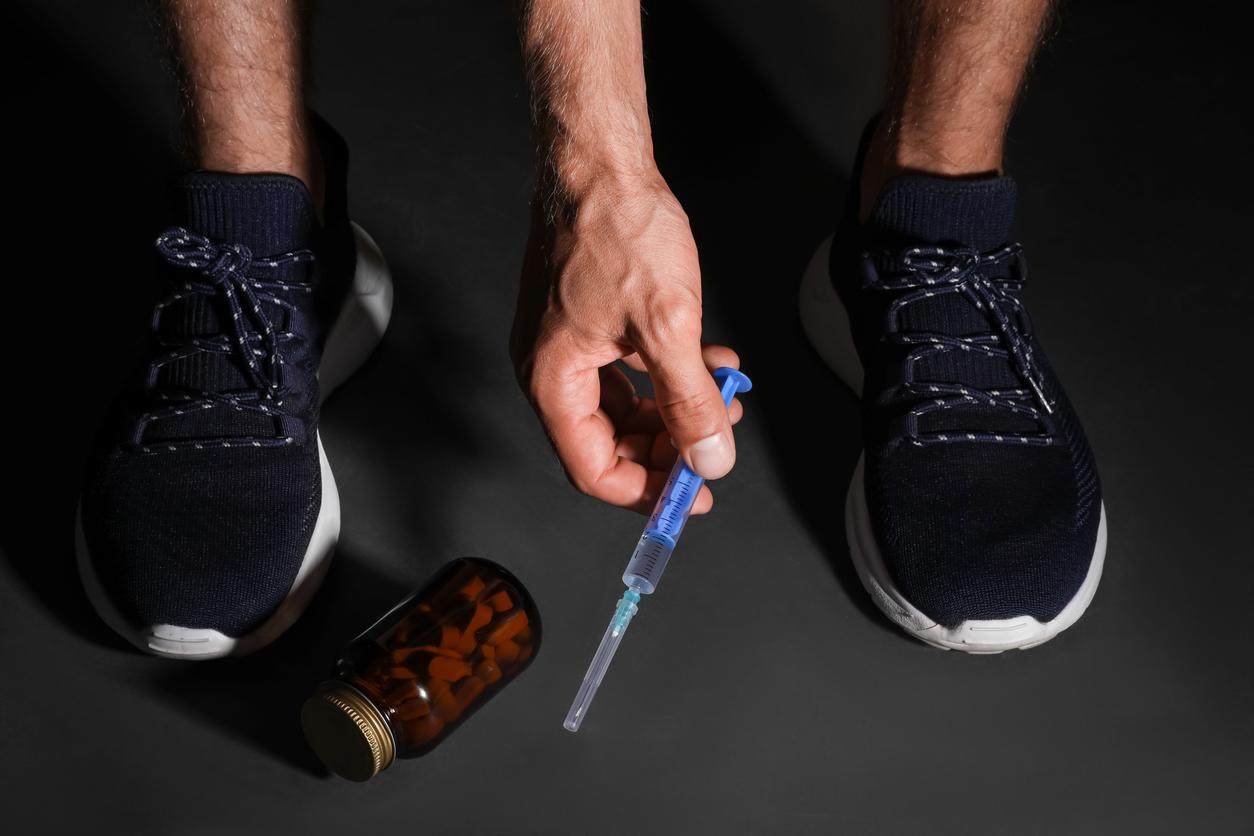For the first time, Taiwanese scientists have succeeded in recreating the movement of contraction on an artificial muscle, made from onion cells.
-1430904898.jpg)
An artificial muscle made from… onion cells, this is the feat achieved by a team of researchers from the University of Taiwan. If this tuber is well known to make cooks cry, it could also soon be for the strength of its skin. In a article published in the journal Applied Physics LettersExperiment manager Wan-Pin Shih says the developed muscle tissue is much stronger than human muscle. In addition, the texture also allows this muscle to be folded or contracted, a first.
Using the epidermis of the onion
“Initially, our goal was to develop a microstructure in an artificial muscle in order to increase its deforming action. One day, we realized that the structure of the onion cell could be used to make the muscle itself, ”explains the researcher. During the various tests carried out, the team actually realized that the cells present in the epidermis of the onion were much more efficient at recreating the movement of the muscle. But for now, if it is possible to relax or contract these cells, it is not yet possible to perform both maneuvers at the same time.
To recreate how a muscle works, researchers had to treat onion cells with acid to remove hemicellulose, a protein that makes cell walls rigid. Subsequently, both sides of the onion cell membrane were coated with gold and then plugged into electrodes. As the current spreads, it can be observed that the cells have the ability to bend and stretch, like those in a human muscle.
“We intentionally made the electrodes a different thickness so that the cell stiffness was asymmetric from top to bottom,” says Wan-Pin Shih. It is this asymmetry that controls the muscle. A low voltage makes it possible to bend it downwards whereas, conversely, a more intense tension will make it bend upwards. This performance had never been achieved.
Get closer to the functioning of a human muscle
To prove their breakthroughs, scientists tested their muscles with a simple experiment. Two artificial muscles were put in place on a clamp which was to pick up a cotton ball. The operation was successful, but in the future, Wan-Pin Shih and his team would like to increase the weight of the objects to be lifted.
This is not the first time that artificial muscles have been created from unexpected materials. In 2014, an international team from the University of Dallas (Texas) had developed a muscle made from fishing nets and sewing thread. In reality, it is the fiber that composes them, the polymer, which was at the base of this feat.
.















